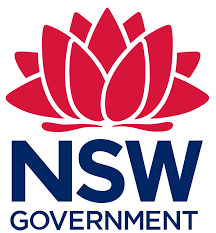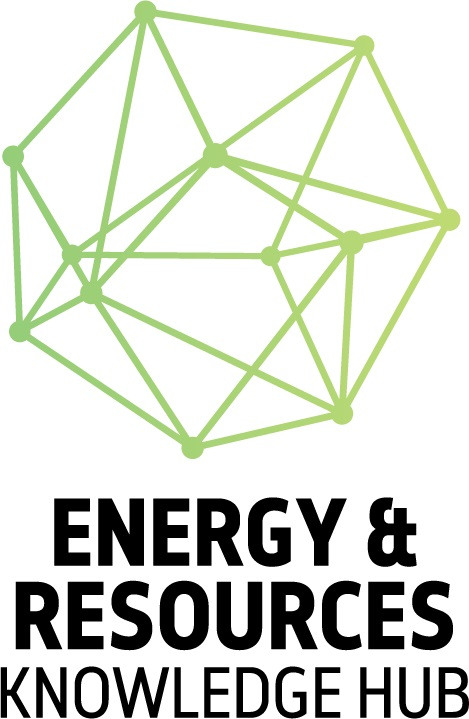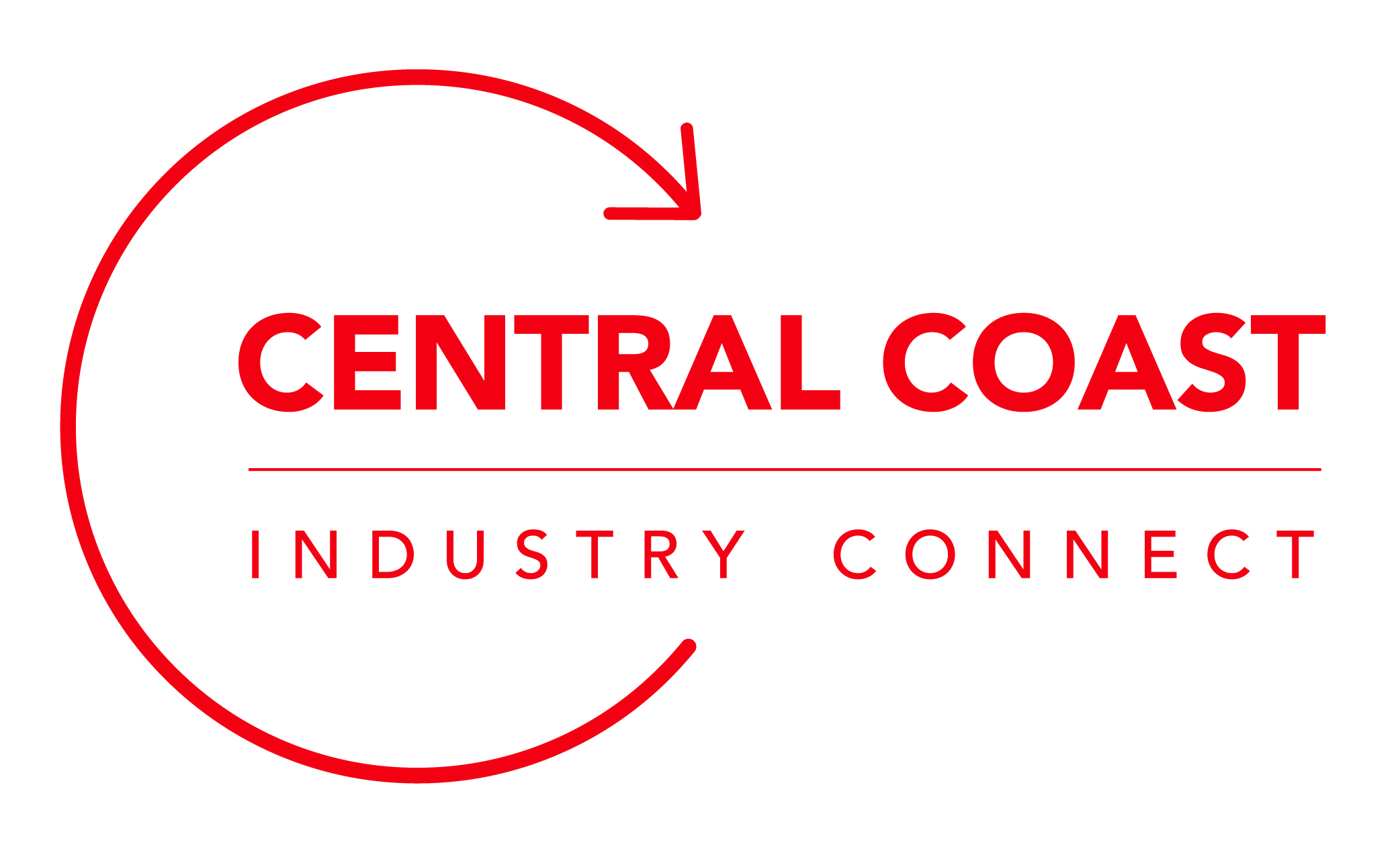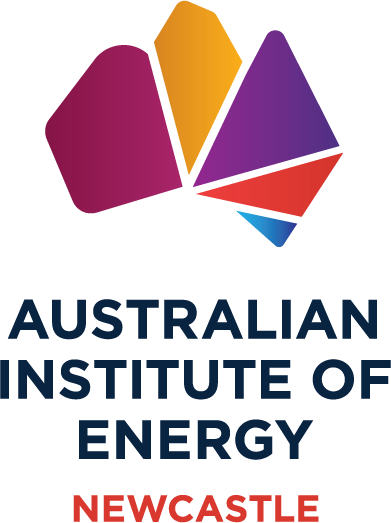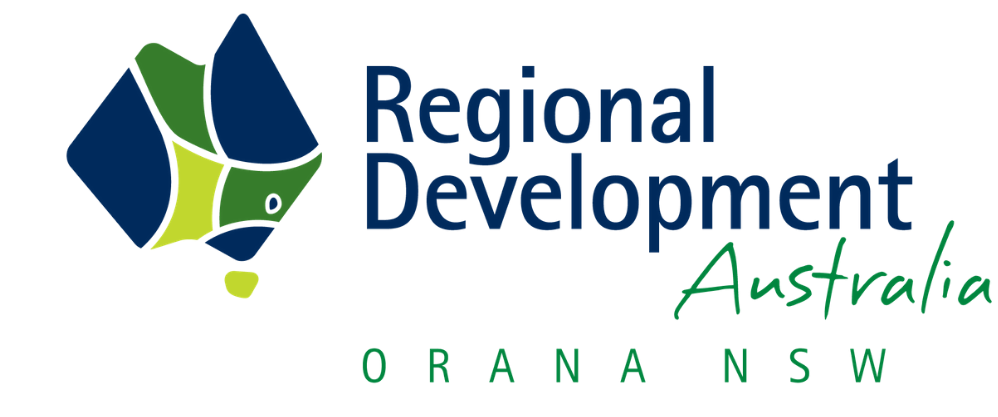Port of Newcastle welcomes KEPCO delegation to fuel Hunter Hydrogen development
Last week, the Port of Newcastle hosted an 18 strong delegation from South Korean partner KEPCO.

The KEPCO visit marks the commencement of a feasibility study aimed at exploring the feasibility of hydrogen and ammonia production facilities intended for domestic utilization and co-firing energy generation in South Korea.
The Port of Newcastle will host the trial, with KEPCO expected to make a final investment decision by 2025.
KEPCO is one of the entities with whom Port of Newcastle has successfully inked Memoranda of Understanding agreements. These agreements, integral to the Port of Newcastle Clean Energy Precinct project, aim to propel the development, storage, and export pathway for a sustainable energy economy.
This collaborative effort spans a spectrum of sectors, including clean energy production, mobility, export and bunkering, energy generation, transport, infrastructure, offtake, agriculture, education, innovation, and research and development.
These partnerships complement the backing of the Commonwealth Government, with the Port securing a $100-million funding grant in the 2022 Federal Budget for the Clean Energy Precinct, with a further $45 million pledged through the New South Wales Hydrogen Hub Initiative.
Port of Newcastle have solidified Memoranda of Understanding with key entities such as EnergyCo, Eurus Energy, Fortescue Future Industries, Hunter Hydrogen Network, Lake Macquarie City Council, Lumea (Transgrid), Mitsubishi Heavy Industries (Japan), MOL Group (Japan), Orica, Origin, Platform Zero (Rotterdam), and the University of Newcastle.
This strategic collaboration positions the Port of Newcastle at the forefront of fostering a robust clean energy ecosystem, leveraging existing resources and international alliances to drive innovation and sustainable practices in the energy and resources sector.




